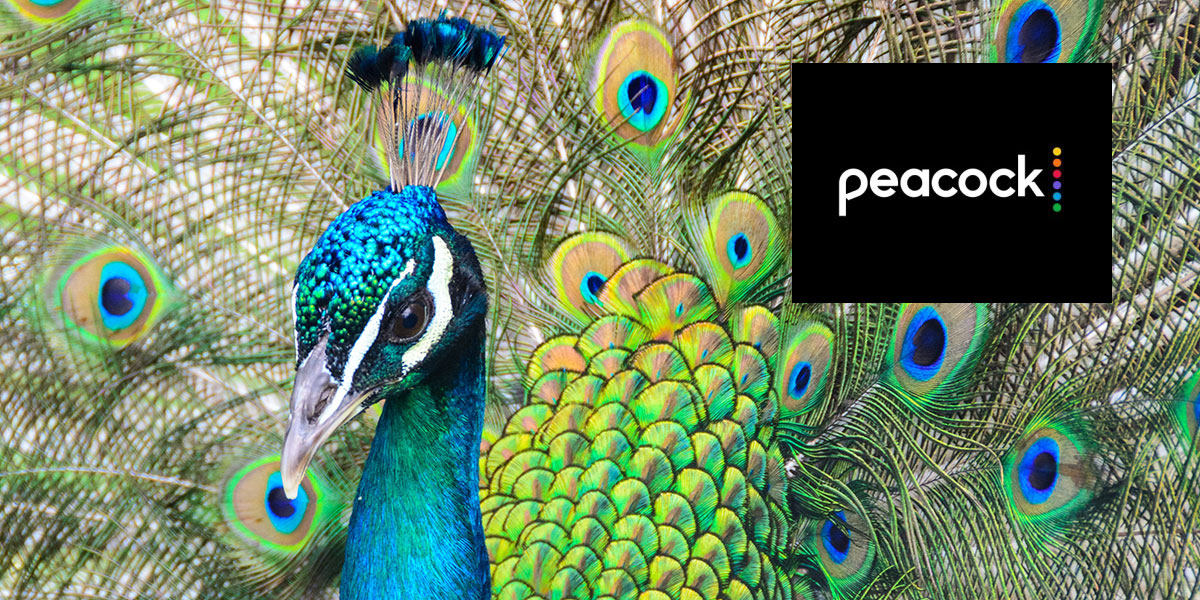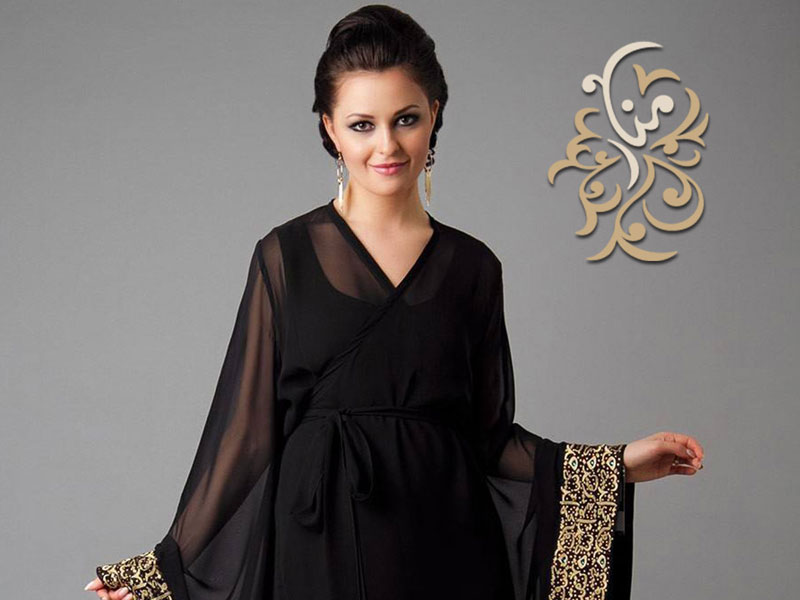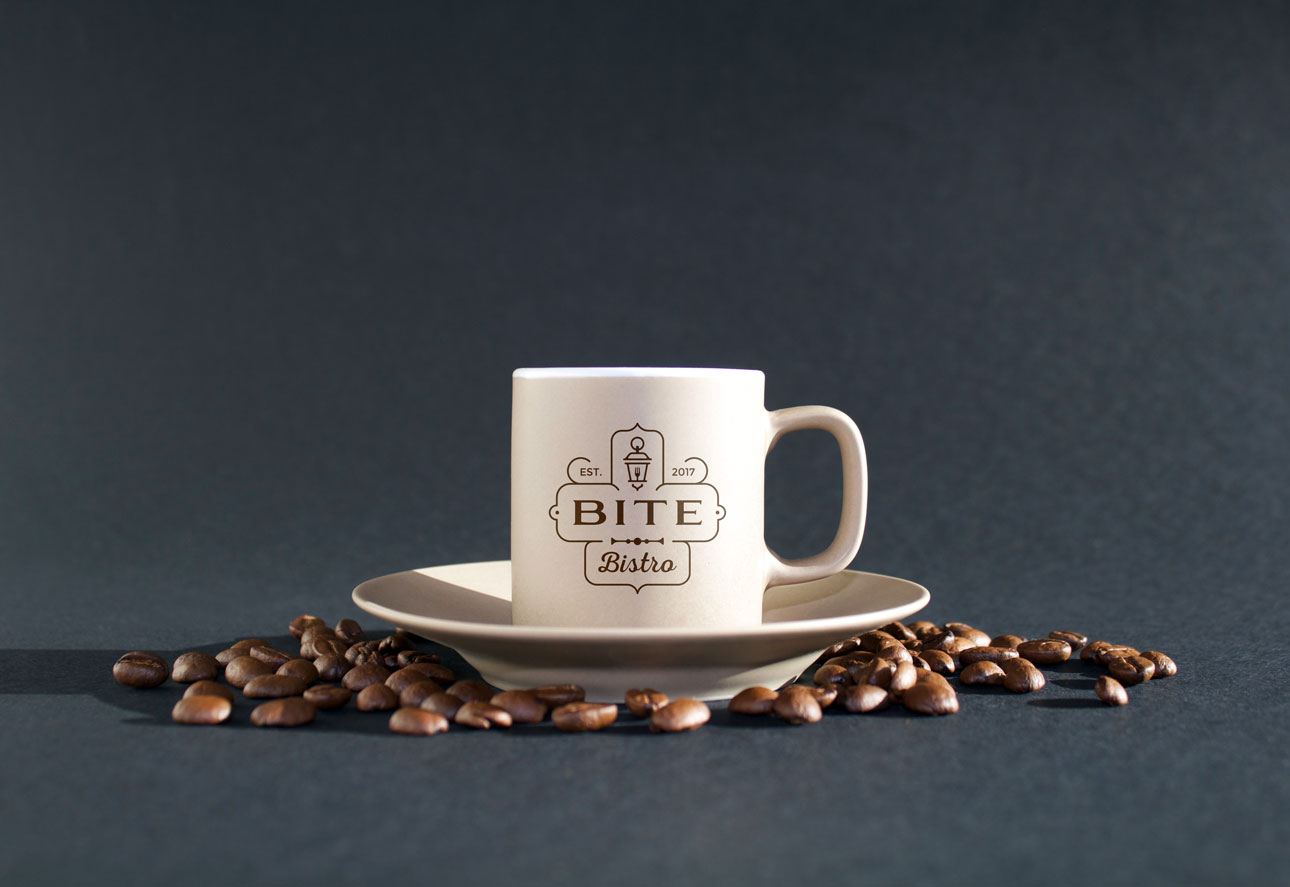Spellbrand Blog
Branding Roundup #1: Bold Advertising, Cord Cutters & Augmented Reality

In this week’s brand roundup, we’re covering Doritos, Panda Express and NBCU. These companies are exhibiting forward-thinking and savvy marketing know-how. We’ll explore how Doritos is engaging younger audiences with ultra-cool ads. We’ll look into NBCU’s Peacock streaming service and their bold advertising plans, and we’ll examine Panda Express’s innovative augmented reality campaign.
Let’s get going.

Doritos—Cool Ranch Just Got Cooler
Perhaps in a bid to stay on consumer’s minds amid the keto craze , Frito-Lay has upped its Super Bowl ad game in a big way. The company has managed its Doritos brand well throughout the years, featuring innovative and attention-grabbing ads. But their recent teaser trailer featuring Samuel Pack Elliot, with its oh-so-topical dialog and high production levels, may be a new high water mark.
The teaser trailer, which dropped on the 17th of January, 2020, features the aforementioned Mr. Elliot—of T_he Quick And The Dead_ and Conagher fame—in top form. In the teaser, the epically mustachioed cowpoke saunters up to a saloon bar and lets loose his beefy baritone—one word at a time. What happens next demonstrates that someone at Frito-Lay has been paying attention to the rise and influence of social media.
 As he reaches the bar, dressed in full cowboy regalia, Samuel Pack Elliott begins to recite, line by line, the lyrics to Lil Nas X’s country/rap crossover Old Town Road. Elliot’s gravelly bass keeps us enthralled for over 30 seconds, and then we pan to the bar. Across it slides a bag of Cool Ranch Doritos, and all becomes clear.
As he reaches the bar, dressed in full cowboy regalia, Samuel Pack Elliott begins to recite, line by line, the lyrics to Lil Nas X’s country/rap crossover Old Town Road. Elliot’s gravelly bass keeps us enthralled for over 30 seconds, and then we pan to the bar. Across it slides a bag of Cool Ranch Doritos, and all becomes clear.
Old Town Road made waves in 2019 for its bold fusion of rap and country, and for the social media prowess of Lil Nas himself, a 20 year-old native of Lithia Springs, Georgia. The single first saw traction on the social media platform TikTok, before reaching number one on the U.S. Billboard Hot 100. Once in the top 100, it remained there for just under twenty weeks. To date, it’s the only song to have managed the feat.
See the teaser trailer here.
The ad demonstrates Frito-Lay’s eagerness to remain relevant in a world that’s become resistant to ordinary advertising. What’s more, ad blindness is a well-documented problem that’s as old as the Internet. Advertisers must also compete with social media platforms for consumer attention. But campaigns like the above turn what could be an enemy into an ally.
You see, if there’s one thing customers like doing online, it’s sharing memes, hot takes and things that are just plain cool. This ad campaign is cool. It will gain viral traction, meaning that it will be shared—for free—by social media users. Some of those social media users enjoy the occasional, or frequent, corn chip. There’s no doubt that ad campaigns like these can help your brand remain relevant to younger customers.
In this world of YouTube, Facebook, Pinterest, TikTok, Twitter and Instagram, you must do whatever you can to remain relevant. After all, the collective imagination is the only place your brand actually exists. If the only time people think about you is when they see your logo in the grocery store or in an online advertisement, then you have a problem.
See these amazing case studies for more insights:
Perception of Super Bowl Xlvi TV Advertisements in the USA: A Case of College Students

NBC Struts with Peacock
The age of the cord cutters is well upon us. According to Statista, in 2018, 21 percent of homes where the head of household was between 18 and 34 had cut the cord. This may seem like a small number at first glance, but consider: cable and satellite companies reigned supreme for decades. 21 percent signifies a mad dash to a newer alternative: the streaming service.
Netflix pioneered the streaming service way back in 2007. It wasn’t long before Amazon got involved, adding Amazon Instant Video on Demand to Prime a few years later.
But now, a slew of media companies are jumping aboard, which leaves some analysts worried. After all, cord cutters are fleeing cable companies to escape paying one big bill. How will consumers react if before long they have to pay several small bills for the shows they want to watch?
Streaming services already available include:
- Disney+
- Hulu
- FuboTV
- Philo
- Netflix
- Amazon Prime
- AT&T TV Now
- YouTube TV
- Pluto TV
- Sling
- Apple TV+
- NBC Peacock
It’s a long list, and far from exhaustive. Complicating matters further is that rights to TV shows, stories, and IPs are a tangled mess. The result? Consumers will find themselves having to navigate a complex web of various services to find the shows they want to watch.
The other side of the coin is that companies like NBCU, which have vast libraries of content spanning half a century or more, may be wise to wall that content off behind a paywall. Frankly, doing so can be extremely profitable.
According to Comcast-owned NBCU, as disclosed at an investor show on the 16th of January, the network has secured advertising deals with Target, Unilever, State Farm and others. These pioneer advertisers form the so-called Peacock Streaming Council, a group of select companies testing how customers react to ads on the platform.
What’s in It for Advertisers?
According to NBCU, it plans to spend ‘hundreds of millions’ of dollars to promote these initial advertisers via Symphony, the company’s cross-marketing platform. However, the company was clear that ad load on its new streaming service would be limited to 5 minutes per hour for their lowest paying tier, pending review of user response. Perhaps in a bid to counter this limitation, Peacock offers advertisers innovative, non-traditional ad formats, such as ShoppableTV, Prime Pods, Pause Ads, Explore Ads, Engagement Ads, Binge Ads, Trending Ads and Solo Ads.
Some of these, such as binge ads, demonstrate the media company’s determination to see ads remain viable. With binge ads, streamers who watch three episodes of a show are allowed to watch the fourth ad free. The catch, if you can call it that, is that they have to sit through a brief, “This episode was sponsored by…” message before the fourth episode begins.
Will Consumers Respond?
How does Comcast intend to justify these ads given that other streaming services, like Netflix, don’t have ads at all? The plan is to offer three cost tiers. The first tier is free and is completely ad-supported. Then, there’s a $5 per month tier that caps ads at the aforementioned five minutes per hour. A $10 per month tier offers all of NBCU’s content with no ads. The $10 tier also offers early access to the network’s late night shows, a larger library of content overall and exclusive sports content.
It remains to be seen how consumers will react to being asked to sit through ads for content they can, admittedly, find online for free. But other platforms, such as Hulu, have been experimenting with ads for years. What’s more, according to a survey by Soda, around 45% of Americans already use two or more streaming services per week. But those same people are not in any hurry to see these services bundled. This may imply that consumers unable or unwilling to pay for more streaming services may be willing to sit through ads to access content legitimately.
The streaming wars are heating up, and if you find the topic interesting or are a player yourself, the following resources may be of interest to you.
Streaming Media: Audience and Industry Shifts in a Networked Society
Challenges in Search on Streaming Services: Netflix Case Study

Panda Express Goes High Tech
Panda Express, the American company behind orange chicken, is embracing high tech with a new augmented reality campaign. The American Chinese fast food chain is creating ‘AR experiences’ that will be available on social media. The company is releasing filters for Facebook and Instagram on the theme of ‘celebration of good fortune.’ The filters will be available until February 8th.
While Google Glass was a failure, as outlined in the papers Google Glass: A Preemptive Look at Privacy Concerns, and Through the Looking Glass: Perspectives from Three Stakeholders in the Google Glass Debate, there is reason to believe that AR will soon take off.
For one thing, the future will only wait so long.
 AR devices will become smaller, which will allow consumers to use them discreetly for health tracking and other important uses in the near future. This report from Wired highlights Mojo Vision’s smart lens prototype. Check it out if you’re so inclined. As consumers gain more experience with augmented reality, it’s only natural for them to assume that they’ll be able to engage with their favorite brands this way too.
AR devices will become smaller, which will allow consumers to use them discreetly for health tracking and other important uses in the near future. This report from Wired highlights Mojo Vision’s smart lens prototype. Check it out if you’re so inclined. As consumers gain more experience with augmented reality, it’s only natural for them to assume that they’ll be able to engage with their favorite brands this way too.
It’s the savvy brand, therefore, that is trying to get in on this early.
With each AR filter, Panda Express is highlighting and honoring a specific cultural tradition centered on the Lunar New Year. The filters overlay images onto real world scenes, giving consumers a taste of what true smart device-enabled AR will be like. The filters also offer some interactivity, with games that allow users to ‘catch’ virtual food that falls from the top of the screen. Users can also ‘throw’ firecrackers.
The brand is capitalizing on the buzz by offering a new menu item, firecracker shrimp. The chain is also distributing 1-million red envelopes containing coupons for the dish.
The Lunar New Year is an important time of year in China and many Asian countries. By creating this campaign, Panda Express is attempting to engage with users in a fun, interactive way. At the same time, they’re expanding their menu and providing customers with an incentive to come into their stores for a chance to be gifted the entree.
Other companies that have experimented with AR recently include Jimmy Johns and Coca-Cola. Facebook, meanwhile, is a large driver of AR experiences, with their Spark AR Studio.
For more on how you can benefit from AR, see the following case studies.
Mobile Marketing: Usage of Augmented Reality in Tourism
Augmented Reality & Business: Bridging Virtual & Physical Gaps (link removed - resource no longer available)
Photo By Evan Joshua Swigart (TheCulinaryGeek) from Chicago, Illinois, USA; hometown of Ames, Iowa, USA – Flickr, CC BY 2.0 Photo Source
Did you enjoy this week’s roundup? Let us know in the comments section below!

Mash Bonigala
Creative Director & Brand Strategist
With 25+ years of building brands all around the world, Mash brings a keen insight and strategic thought process to the science of brand building. He has created brand strategies and competitive positioning stories that translate into powerful and stunning visual identities for all sizes of companies.
Featured Work
See Our Work in Action
Real brands, real results. Explore how we've helped businesses transform their identity.
Client Love
What Our Clients Say
Don't just take our word for it. Hear from the brands we've worked with.
Liana Alexander Raye
Harlequin Starr International Styles
"Working with the Spellbrand team has been incredibly easy. Mash has a team of experts who are extremely visionary and pioneering, pulling together ideas and initial thoughts into an actual brand giving you options that you feel best align with your thought process. I have no idea how they created my brand based on the vague brief I gave them, but they have worked wonders and magic. Their design, attention to detail, willingness to ensure the final product is exceptional all counts towards a company who has the client at the forefront of mind at every step of the way. Spellbrand is my Number 1 go to for all branding, website and design concepts moving forward. I look at them as an extension to our marketing arm. Just brilliant."
Gracienne Myers
Banana Vital
"If you are looking for a company to design your company’s identity or even rebrand your current brand, Spellbrand is the company that you would choose, they designed my company, Banana Vital’s logo, and provided me with 6 design to choose from which made it hard to choose because they were all very good. Just recently I hired them to rebrand Mechanical Bull Sales and again every logo was great and well thought out. I am very pleased with the work that Spellbrand has provided and I am looking for to continue working with them."
Keep Reading
Related Articles
Nov 19, 2025
What Do You Need To Start An Online Business
Discover the essential elements needed to start a successful online business. From branding and website design to capital and self-discipline, learn what it takes to launch and grow your digital venture.
Read MoreNov 19, 2025
What are paths and anchor points in Adobe Illustrator?
Master the fundamentals of paths and anchor points in Adobe Illustrator. Learn how these essential tools work together to create professional logo designs and vector graphics.
Read MoreNov 17, 2025
Use Of Color In Creating Logo Designs
Master the psychology of color in logo design. Learn how colors influence perception, build brand recognition, and create emotional connections with your audience.
Read More


